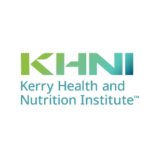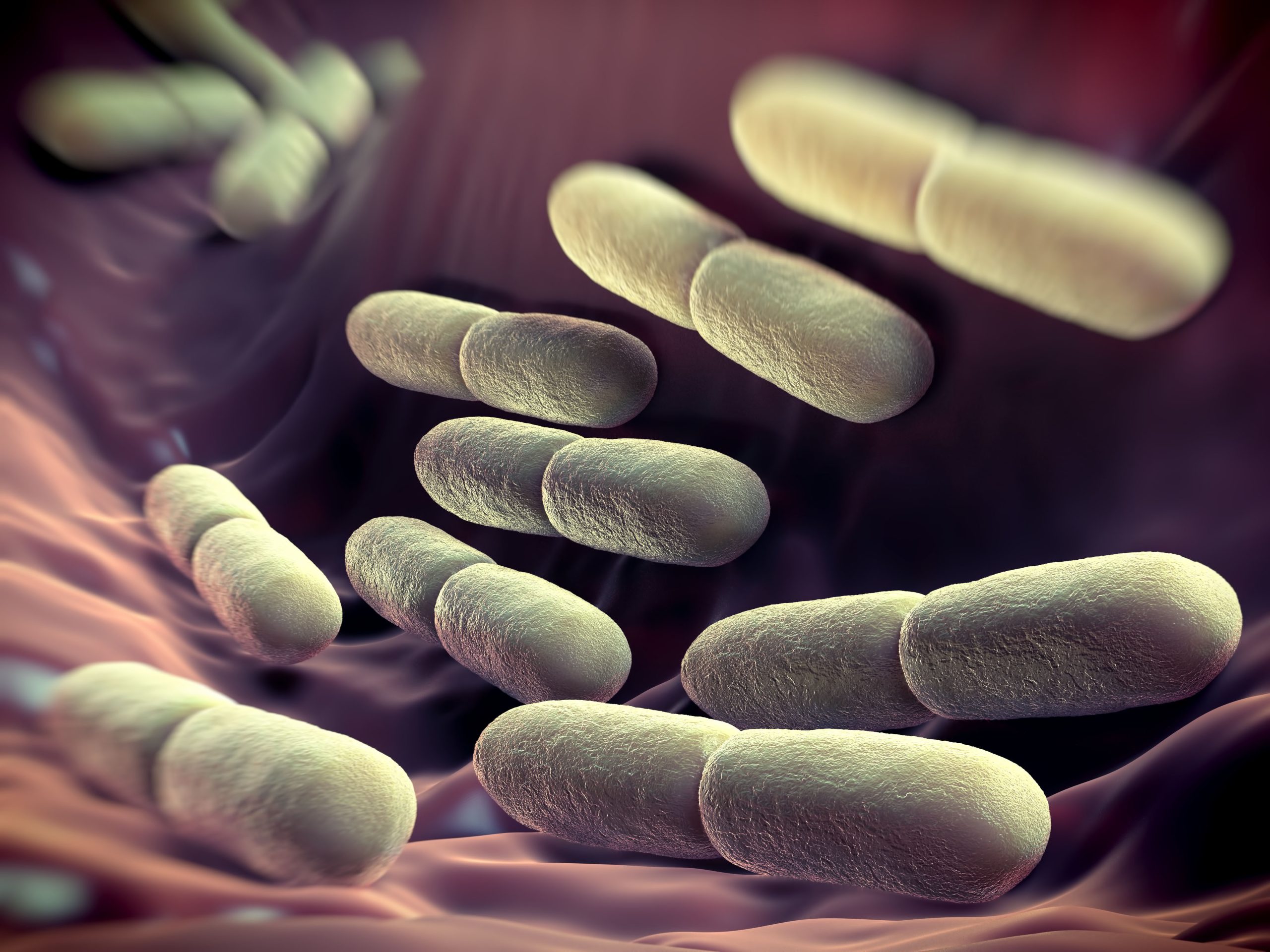Beta glucans are ingredients that are becoming more and more common to see in functional foods and beverages positioned for immune health. While many people might be aware of the role of oat beta glucans for heart health, beta glucans are not just for heart health. For example, there are numerous clinical studies showing the immune health benefits of baker’s yeast beta glucan. There are many types of beta glucans that have different benefits based on their chemical structure.

Sources of beta glucans:
Beta glucans are fibers found in a variety of foods including oats, barley, seaweed, as well as many types microorganisms (bacteria, yeast and fungi). While they all share a “common” ß form of chemical bond between the individual glucose units, there are many subtle, but important differences in structure within the beta glucan family that lead to large differences in function and potential health benefits.
When choosing a beta glucan, it is key to focus on what clinical research is available to support the ingredient’s mechanism of action, demonstrate effectiveness for the desired benefit, and show the safety of that specific strain or ingredient.
Cereal (i.e. oats) beta glucans are linked to heart health
Benefit: Heart health
Structure: Linear, unbranched beta-1,3 and beta-1,4 linkages
The main health benefit associated with cereal beta glucans, like those from oat, are linked to heart health rather than immune health. The research is strong for the role of oat beta glucan in lowering LDL cholesterol, but these are not the types of beta glucans to consider for immune health.
Yeast (Saccharomyces cerevisiae) beta glucans are linked to immune health
Benefit: Immune health
Structure: Linear beta-1,3 linked glucan backbone with beta-1,6 linked side chain branches
Yeast-derived beta glucans usually originate from either baker’s yeast or brewer’s yeast. Even though both are beta 1,3/1,6 glucan from Saccharomyces cerevisiae, the source matters—the beta glucans extracted from the cell walls of baker’s yeast have a different molecular branching and linkage pattern from that of brewer’s yeast, which influences the immune-modulating properties of the final product. Research supports the immune-modulating properties of baker’s yeast beta glucan—but different strains produce beta 1,3/1,6 glucans with different molecular patterns that affect their immunomodulatory activity.
Mushroom beta glucans vary in structure and benefit
 Although mushroom beta glucans are associated with immune health benefits, the molecular structure of beta glucans derived from mushrooms is varied and inconsistent, making it difficult to characterize their efficacy. The chemical makeup of each type of mushroom varies, and it is likely that the biological activities of the various mushroom beta glucans depend on the chemical characteristics of each type of mushroom. The most studied strain of mushroom beta glucan is lentinan, a substance derived from Lentinus edodes with a ß-1,3-D-glucan backbone comprising very short beta-1,6 side chains. Further clinical research is needed to fully understand how each type of mushroom beta glucan works.
Although mushroom beta glucans are associated with immune health benefits, the molecular structure of beta glucans derived from mushrooms is varied and inconsistent, making it difficult to characterize their efficacy. The chemical makeup of each type of mushroom varies, and it is likely that the biological activities of the various mushroom beta glucans depend on the chemical characteristics of each type of mushroom. The most studied strain of mushroom beta glucan is lentinan, a substance derived from Lentinus edodes with a ß-1,3-D-glucan backbone comprising very short beta-1,6 side chains. Further clinical research is needed to fully understand how each type of mushroom beta glucan works.
How do yeast beta glucans support immunity?
The mechanism of action for the baker’s yeast beta glucan Wellmune® is well-defined. Wellmune® is a natural beta 1,3/1,6 glucan highly purified from the cell wall of a proprietary baker’s yeast (Saccharomyces cerevisiae). At a high level, the mechanism of action can be described as improving the innate immune system by making key white blood cells better able to find and kill potential pathogens. This means the innate immune system can find infections more quickly, which translates to reduced risk of getting an upper respiratory tract infection (URTI, e.g. a cold), and shorter duration of URTIs as has been observed in clinical trials when participants take Wellmune®.
These immune health benefits have been demonstrated in a wide variety of populations including families with children, healthy agers, athletes and those with active lifestyles, and those experiencing lifestyle stress such as firefighters or medical students. The full list of clinical trials using Wellmune® can be found here.

How are yeast beta glucans different from ingredients like echinacea?
Echinacea is an immune system stimulator, it has been shown to increase levels of various white blood cells in the body after a single dose in healthy unstressed people and keep them elevated for an extended period of time. Echinacea has been shown to activate immune cells upon consumption and maintain that activation for an extended period of time after consumption. Due to this perpetual activation of the immune system, there are some questions about the safety of long-term consumption, especially in those with immune disorders.
Wellmune®, on the other hand, primes the immune system. This means it gets the cells ready to respond more quickly/effectively but doesn’t activate them. A challenge (pathogen) is needed for the activation. Wellmune® does not increase levels of white blood cells. This means that use would not lead to over-stimulation of the immune system.

 We bring the voice of science to some of the most challenging questions facing the food and beverage industry day to day through our network of over 1000 Kerry scientists, external collaborators, and our Scientific Advisory Council. Our content comes straight from scientists and experts in nutrition, taste, food, and sensory sciences to make sure we are providing up-to-date, credible information to guide people shaping the future of food.
We bring the voice of science to some of the most challenging questions facing the food and beverage industry day to day through our network of over 1000 Kerry scientists, external collaborators, and our Scientific Advisory Council. Our content comes straight from scientists and experts in nutrition, taste, food, and sensory sciences to make sure we are providing up-to-date, credible information to guide people shaping the future of food. 

